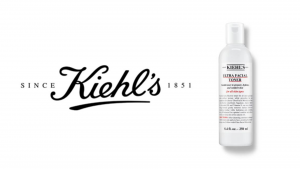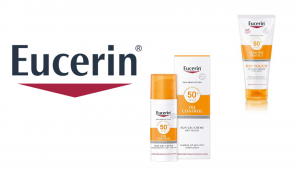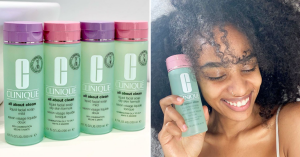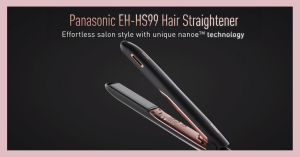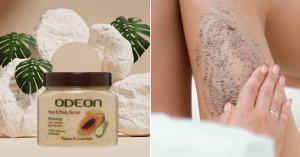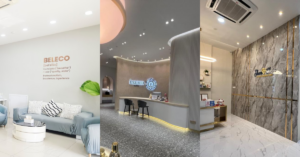Aesthetics
Will High-Intensity Focused Ultrasound (HIFU) Treatment Be The Next Most Sought Out Procedure?
There have been numerous facial procedures that have been popularised over the years. From thread lifts, facelifts, implants, Botox and...
By: Beauty Insider Journalist / February 15, 2022

There have been numerous facial procedures that have been popularised over the years. From thread lifts, facelifts, implants, Botox and more. However, these invasive treatments might not be for everyone as the pain and downtime could be too much for others. Therefore, Beauty Insider is introducing a non-invasive treatment that is quickly becoming the talk of the town in the world of aesthetic procedures- the HIFU treatment.
Contents
Let’s Start With Understanding What Is High-Intensity Focused Ultrasound (HIFU) Treatment
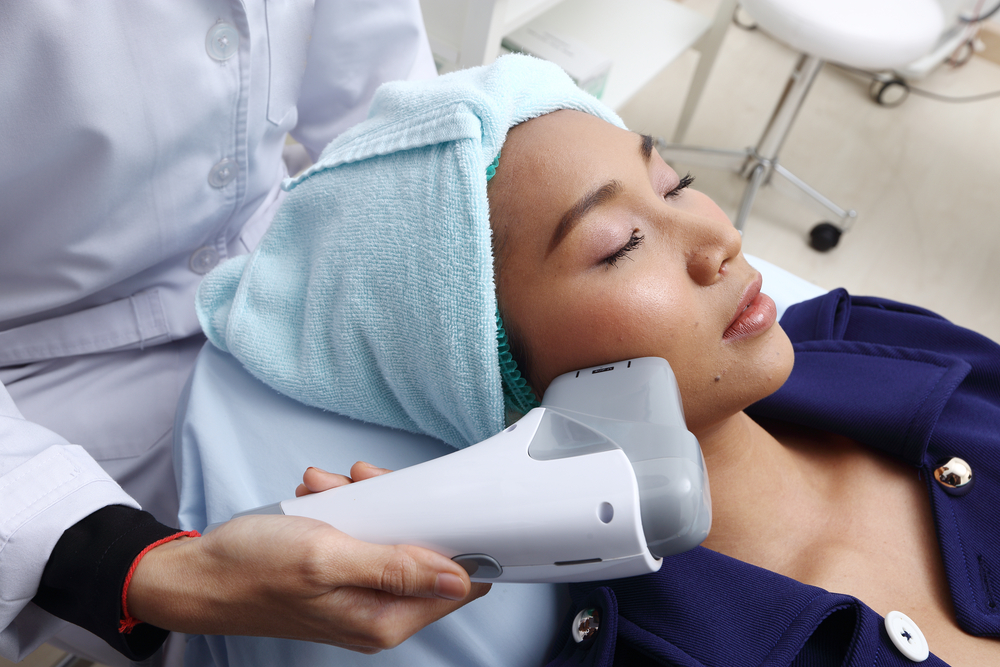
High-intensity focused ultrasound (HIFU) is a novel cosmetic therapy for skin tightening that some people believe might be a non-invasive and painless alternative to facelifts. It employs ultrasonic waves to stimulate collagen formation, resulting in tighter skin. The most well-known use of HIFU is in the treatment of malignancies. Overall face rejuvenation, lifting, tightening, and body contouring are all possible outcomes of the surgery.
HIFU has been discovered to be a viable procedure that might replace facelifts, particularly in younger individuals who don’t want the dangers and downtime that surgery entails. People with more severe cases of sagging skin, on the other hand, will not benefit as much from HIFU.
HIFU Used In Facials
Focused ultrasonic energy is utilised in HIFU to target the layers of skin immediately under the surface. The tissue heats up quickly as a result of the ultrasonic energy. Cellular damage occurs when the cells in the targeted area reach a particular temperature. While it may appear contradictory, the injury encourages the cells to generate more collagen.
Collagen production increases, resulting in tighter, firmer skin with fewer wrinkles. There is no harm to the upper layers of the skin or neighbouring tissues since the high-frequency ultrasound beams are targeted on a specific tissue spot underneath the skin’s surface. It’s possible that HIFU isn’t right for everyone. The technique is most effective on persons over the age of 30 who have mild to severe skin laxity.
It may take multiple treatments for people with photodamaged skin or a lot of loose skin to achieve improvements. Older persons with considerable photoaging, extreme skin laxity, or very droopy neck skin aren’t ideal candidates and may require surgery. Infections and open skin lesions in the target region, severe or cystic acne, and metallic implants in the treatment area are all contraindications to HIFU.
What Are The Benefits Of The HIFU Treatment?
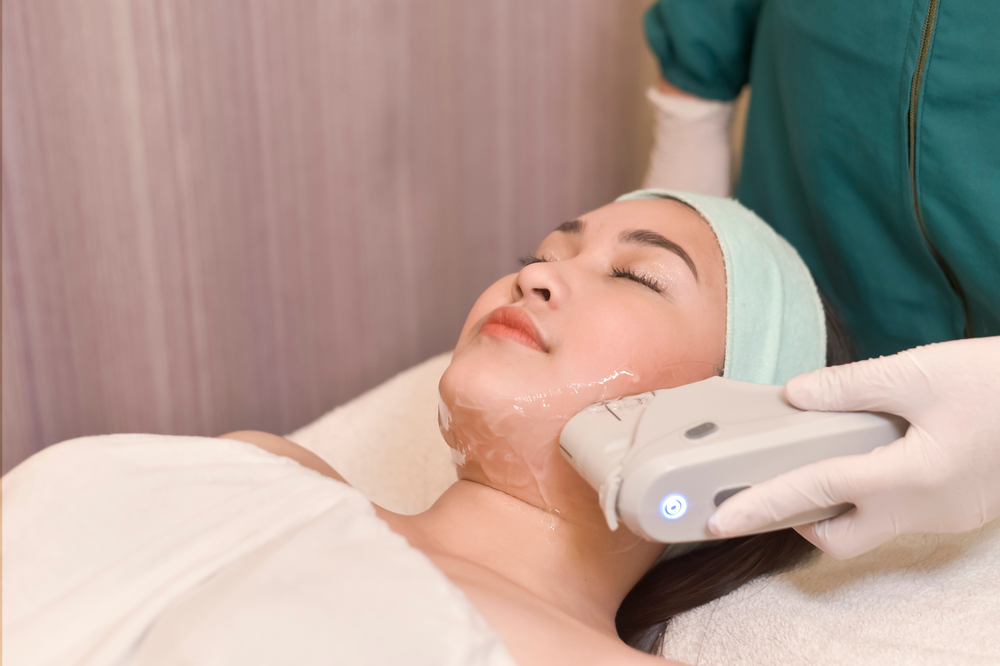
Over the last few years, HIFU and other minimally invasive cosmetic treatments have grown in popularity. HIFU is said to be a fantastic all-arounder since it may help with wrinkle reduction, jawline definition, skin smoothing, and more. HIFU is a less expensive and more effective alternative to facelift surgery.
It also has fewer dangers and requires less downtime, allowing patients to resume their normal activities immediately following the surgery. HIFU produces immediate apparent outcomes in the majority of patients, with long-term effects lasting up to a year following the surgery.
What Is The Cost Like For HIFU Treatment In Malaysia?
HIFU treatments cost between RM 1,800 and RM 8,000 a session in Malaysia, depending on the number of treatment areas, the number of injections, and other factors such as those listed below. HIFU is sold under a variety of brand names, each of which has an impact on pricing and cost. Ulthera, Ultraformer 3, and Sonoqueen are the three most prevalent forms of HIFU (in no particular order). This list is not complete, as new HIFU devices are launched in Malaysia on a regular basis.
The HIFU Treatment Experience

When you come to the clinic for HIFU therapy, the doctor will ask you to take off your makeup and skincare items before beginning the procedure. The doctor will clean your face and, in certain situations, numb the target regions with a topical numbing lotion. After that, the ultrasound gel is applied to maximise the amount of skin-to-ultrasound-device contact.
The HIFU device is pressed on your skin at the targeted areas during the process. Over the course of the 30 to 60 minute process, ultrasound is administered to your skin in brief bursts. Although some people describe a tingling or prickling feeling after HIFU therapy, it is usually not uncomfortable. If you are sensitive to discomfort, your doctor may prescribe pain relievers to make the procedure more bearable.
Some individuals may have numbness, blotchiness, or oedema as a result of the surgery. Mild irritation is to be expected, but significant side effects are extremely uncommon. The redness and swelling will usually go away after a few hours of the therapy, giving way to the appearance of tighter, younger-looking skin. Patients who get the surgery can resume their daily activities as soon as they leave the facility.
What Side Effects Of Doing The HIFU Treatment Can Be Expected?
When conducted by a trained and competent practitioner, HIFU is regarded as quite safe. The nicest aspect of this therapy is that you can get back to your usual routine as soon as you leave the doctor’s office. There may be some redness or swelling, but it should go away fast.
The treated region may experience a gentle tingling sensation for a few weeks. Temporary numbness or bruising are possible side effects, although they normally fade away after a few days.


